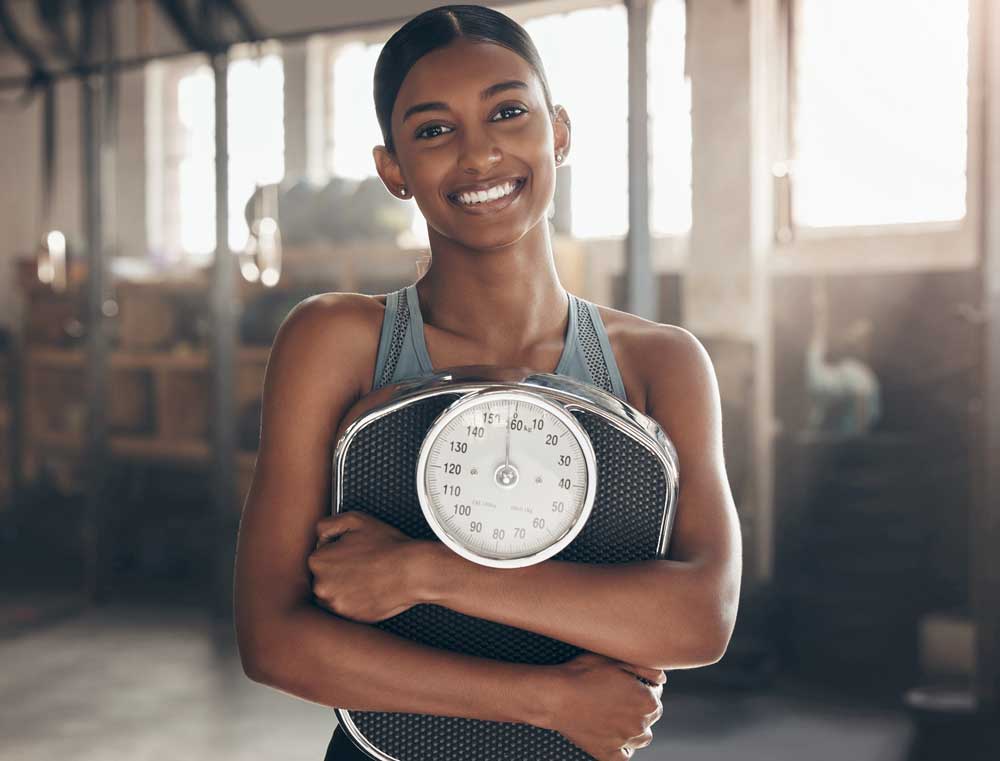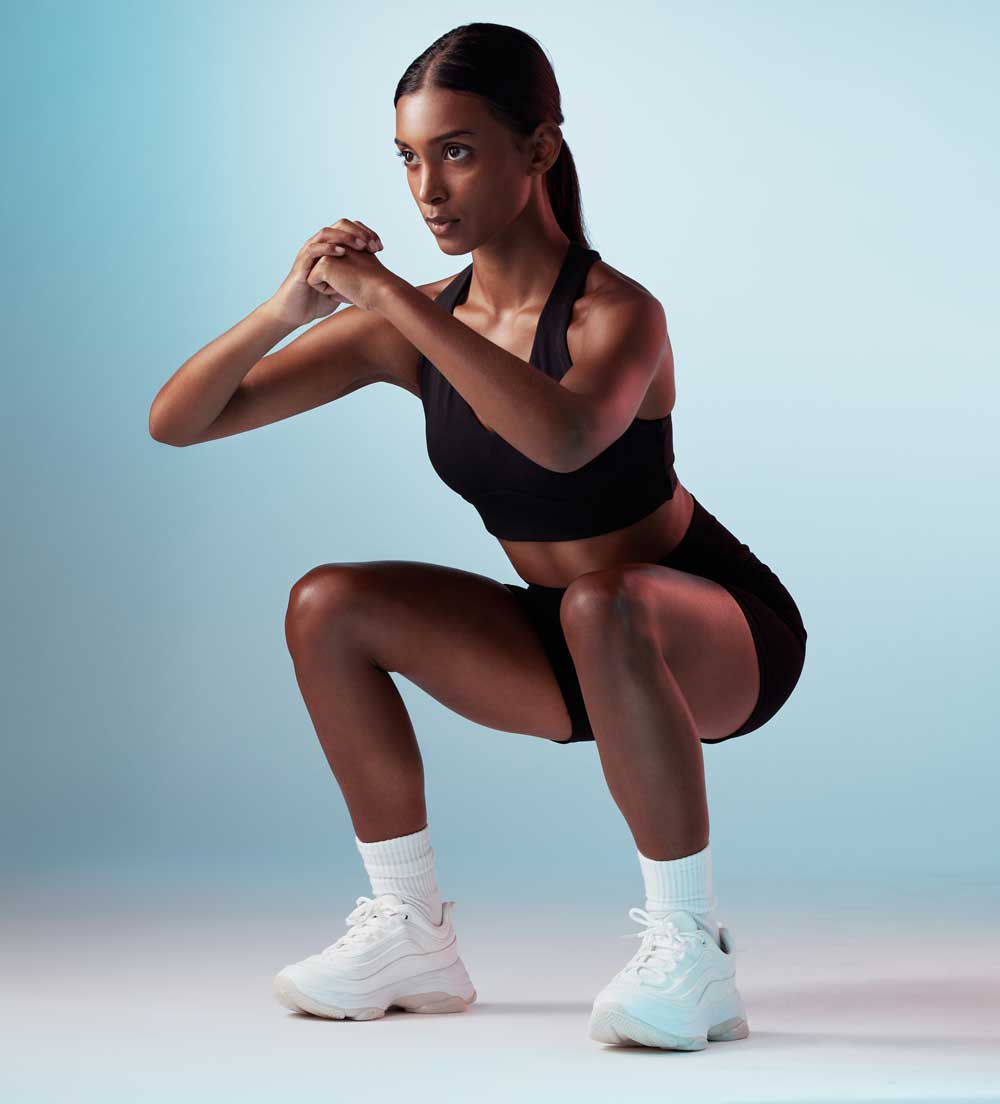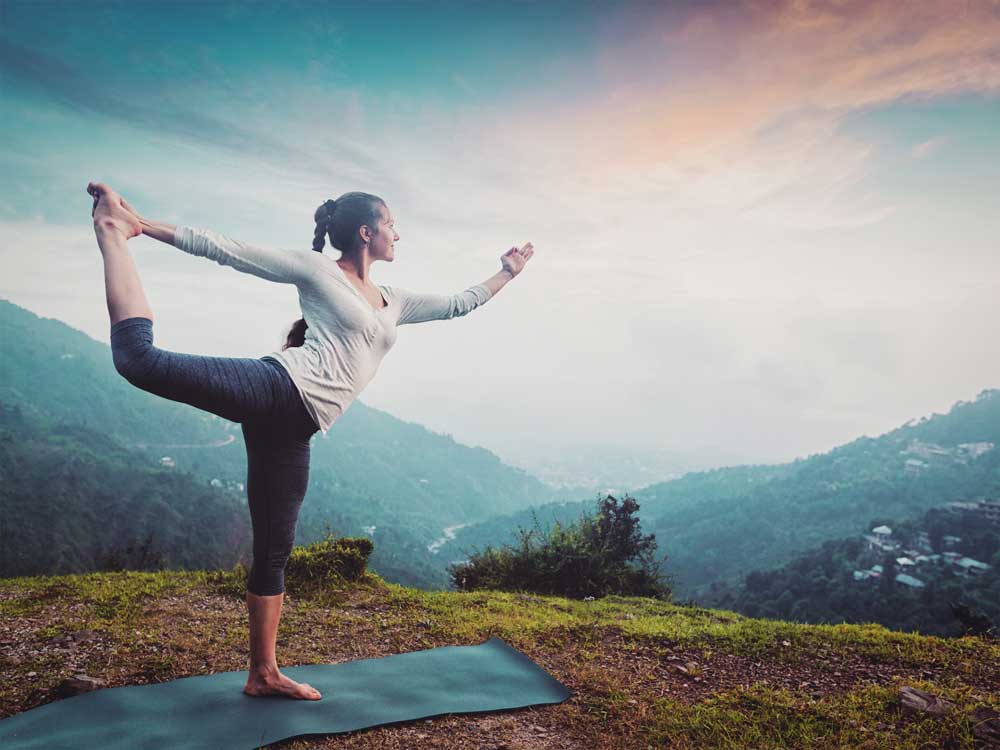By aligning your workouts with your menstrual cycle, you can maximise performance, improve recovery, and manage fatigue better. According to Dr Dhwani Prashant Mehta, Obstetrician and Gynaecologist, ‘The female human body moves in cycles, and so should the workouts. Learning how to sync your fitness routine with your menstrual phases can boost results, balance energy, and prevent burnout. Train with your body, not against it. I believe that understanding hormonal fluctuations throughout the menstrual cycle can empower women to work with their bodies, not against them.’
Let’s break down how your body changes during each phase and what kind of exercise best suits each.

1. The Follicular Phase (Day 1–14)
Starts on the first day of your period and ends with ovulation.
What’s happening in your body:
Dr Dhwani Mehta Describes follicular phase as a rise of estrogen . Your energy levels increase and your mood naturally lifts. This is the phase where you often feel you are sharpest—strong, focused, and mentally clear. It's also when your body is most receptive to physical and cognitive challenges, making it an ideal time to push forward in your workouts and try new things.
Your body is better at building muscle and tolerating higher-intensity workouts.

Best workouts:
• Strength training
• HIIT (High-Intensity Interval Training)
• Cardio sessions
• New workout routines (brain and body are more receptive)
’This is a great time to challenge yourself physically. You’ll recover faster and feel more energised, especially in the second week of this phase,’ says Dr Dhwani.
2. Ovulation (Around Day 14)
When your body releases an egg, usually mid-cycle.
What’s happening in your body:
Energy peaks as oestrogen and testosterone hit their highest levels. You may feel stronger and more confident.

Best workouts:
• Peak performance training
• Group workouts
• Competitive sports
• Strength PRs (personal records)
’You may feel your strongest during ovulation, but be cautious. Due to ligament laxity, the risk of injury, particularly to the knees, can be slightly higher,’ warns Dr Dhwani.
3. The Luteal Phase (Day 15–28)
Occurs after ovulation and before your next period begins.
What’s happening in your body:
Progesterone rises, and many women start to feel bloated, fatigued, or emotionally sensitive. Your core body temperature also increases slightly.

Best workouts:
• Moderate-intensity exercises like swimming, pilates or yoga
• Low-impact strength training
• Restorative stretching
Steady State Cardio: A Must
Dr Dhwani emphasises the importance of being gentle with your body during the luteal phase. A drop in energy or motivation is completely normal at this stage, and it's okay if workouts feel more challenging.
Rather than pushing for intensity, focus on staying consistent.
She also highlights the importance of nutrition—avoiding processed and junk foods, and instead opting for high-fibre carbohydrates, dark chocolate, nuts, and other nutrient-rich options that support hormonal balance and overall well-being.
4. Menstruation (Your Period)
The first few days of your cycle when bleeding occurs.
What’s happening in your body:
Hormone levels drop. Cramping, low energy, or headaches are common, but light movement can help.

Best workouts:
• Gentle walks
• Restorative yoga
• Light stretching or mobility work
• Or, just rest, listen to your body
‘There’s no rule that says you have to work out during your period. If you feel up to it, gentle movement can actually help relieve cramps and boost mood,’ says Dr Dhwani.
She adds that the key is to listen to your body. If you feel up to movement, keep it low-impact and nurturing. If you need rest, take it. Your body is already doing a lot internally—honour that process with compassion and care.
Cycle-Sync Your Fitness For Balance and Gains
Dr Dhwani wraps up, ’Your menstrual cycle is not a limitation, but a powerful guide. By aligning your fitness routine with each phase, you can work with your body’s natural rhythms rather than against them. This approach supports better performance, recovery, and overall well-being. Remember, it's not about doing more - it's about doing what’s right for your body at the right time. Listen closely, move mindfully, and let your cycle be your strength.’
Tuning into your menstrual cycle is not about doing less, but being smarter. ’Your hormones influence not only how you feel, but also how you perform. Once you start syncing your exercise to your cycle, you may notice improved results, fewer injuries, and a more positive relationship with your body,; Dr Dhwani adds.
So next time you plan your workouts, check in with your cycle. It might just be the game-changer you’ve been looking for.